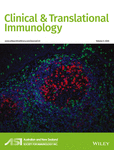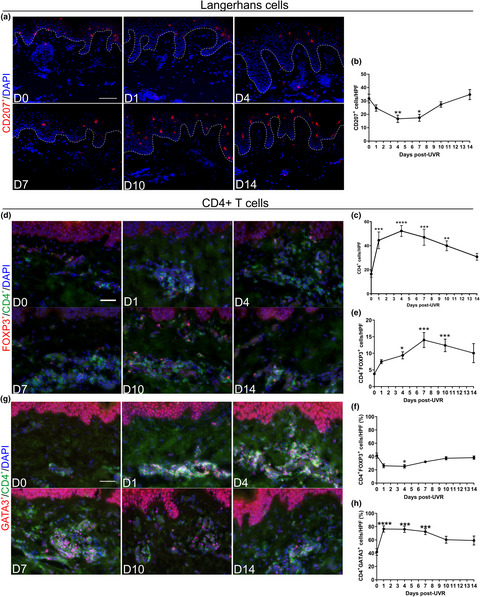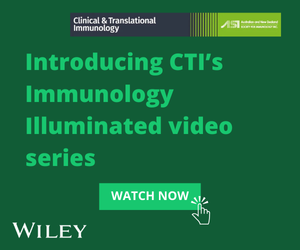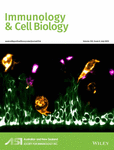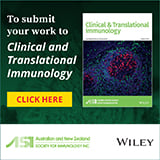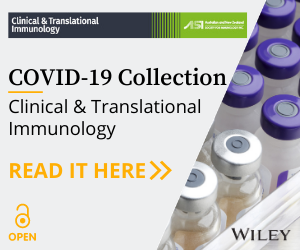Journal list menu
Export Citations
Download PDFs
Special Feature Review
UV radiation recruits CD4+GATA3+ and CD8+GATA3+ T cells while altering the lipid microenvironment following inflammatory resolution in human skin in vivo
- First Published: 02 April 2020
Review
Targeting Toll-like receptor-4 to tackle preterm birth and fetal inflammatory injury
- First Published: 14 April 2020
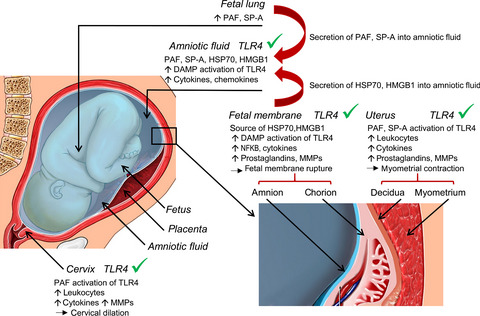
Inflammation is the central mechanism of spontaneous preterm birth, and TLR4 is an essential mediator of the microbial and endogenous pro-inflammatory triggers. Preclinical studies identify TLR4 as an attractive pharmacological target to protect against preterm birth and fetal inflammatory injury. In this review, we discuss the biological rationale and clinical potential of novel small-molecule inhibitors of TLR4 signalling that offer promise for preventative and therapeutic applications in preterm birth.
Short Communication
A novel population of memory-activated natural killer cells associated with low parasitaemia in Plasmodium falciparum-exposed sickle-cell trait children
- First Published: 02 April 2020
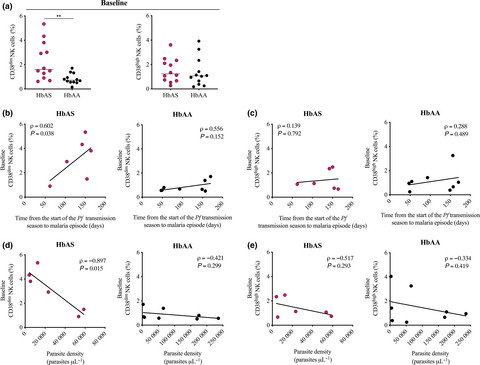
We present the first evidence for host cellular immunity in HbAS-mediated relative protection from malaria. We identify the key cell population as a novel population of memory-activated natural killer cells, which are a major source of IFN-γ and associate with low parasitaemia in sickle-cell trait children repeatedly exposed to Plasmodium falciparum. Our data suggest that these cells present before the start of the transmission season may contribute to an accelerated and enhanced IFN-γ-mediated immune response and to control of parasite density during the first malaria episode of the ensuing season.
Theoretical Article
Hypothesis: bipolar disorder is an Epstein–Barr virus-driven chronic autoimmune disease – implications for immunotherapy
- First Published: 06 April 2020

This article proposes the novel hypothesis that bipolar disorder (BD) is a chronic autoimmune disease caused by Epstein–Barr virus (EBV) infection of autoreactive B cells, which accumulate in the brain where they facilitate an autoimmune attack on brain components such as the NMDA receptor. It is postulated that the accumulation of EBV-infected autoreactive B cells in the brain is a consequence of a genetically determined defect in the ability of CD8+ T cells to control EBV infection. According to the hypothesis, BD should be able to be treated by EBV-specific T-cell therapy and to be prevented by vaccination against EBV early in life.
Original Articles
Immunosenescent characteristics of T cells in young patients following haploidentical haematopoietic stem cell transplantation from parental donors
- First Published: 08 April 2020
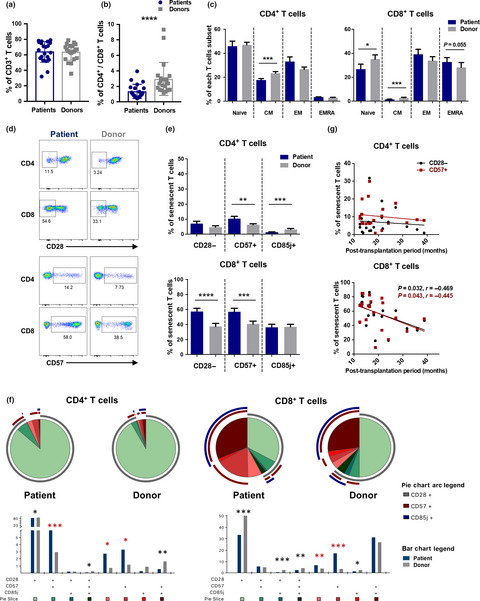
Paediatric patients in need of allogeneic stem cell transplantation (SCT) generally receive stem cells from older, unrelated or parental donors when a sibling donor is not available. Despite encouraging clinical outcomes, immune reconstitution accompanied by increased replicative stress and large difference between donor and recipient age may worsen immunosenescence in recipients. In haploidentical hematopoietic SCT (HaploSCT) of paediatric patients from parental donors, T cells undergo premature immunosenescent changes. DNA damage, but not telomere attrition, is observed in T cells following transfer, and thus, long-term immune monitoring is necessary.
Original Article
Type I interferon shapes the quantity and quality of the anti-Zika virus antibody response
- First Published: 26 April 2020
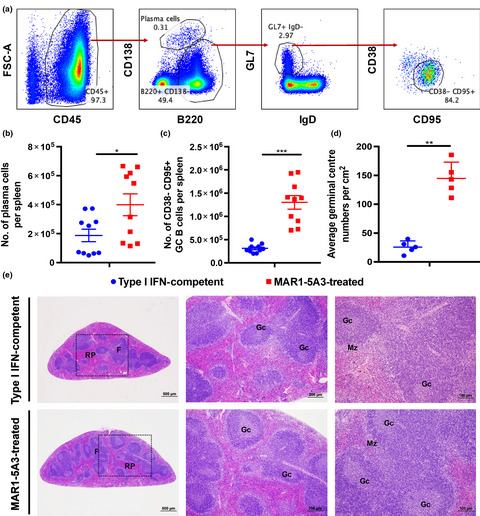
Type I IFN signalling is involved in the regulation of humoral responses, and thus, it is crucial to investigate the potential effects of type I IFN blockade towards ZIKV-induced B-cell responses. In this study, comparative analysis was conducted using serum samples collected from ZIKV-infected wild-type (WT) animals either administered with or without MAR1-5A3. Results showed animals that have their type I IFN response transiently suppressed displayed a more robust ZIKV-specific IgG response and subtype switching, which was corroborated by a higher number of germinal centres in the spleen. In addition, several linear B-cell epitopes were identified from the envelope and non-structural 1 proteins; however, interestingly, the dominant regions recognised between both groups of animals are different. Further characterisation of these dominant epitopes revealed a detrimental role of antibodies that were generated in the absence of type I IFN.




